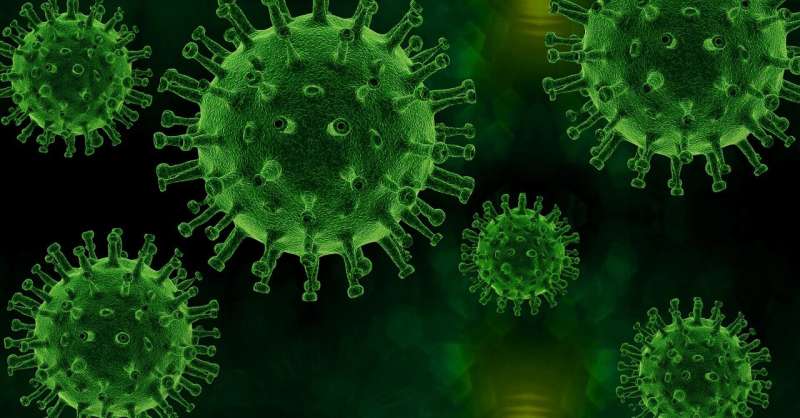
Could Paxlovid solve one of the pandemic’s biggest puzzles? A new study at Stanford University aims to find out.
In the nation’s first medical trial of an antiviral strategy to treat long COVID, scientists are testing the drug to see if it helps ease the misery of fatigue, brain fog, shortness of breath, body aches, digestive symptoms and heart problems.
“It is important to gain further understanding whether this could be effective therapy,” said principal investigator Dr. Linda Geng, clinical assistant professor at Stanford Medicine and co-director of Stanford’s Post-Acute COVID-19 Syndrome Clinic.
Currently, Paxlovid is only given immediately after infection, before the virus gains a firm foothold in the body. It is proven to reduce the risk of long COVID, hospitalization and death.
It has not yet been tested in those with chronic illness, months or years after infection. The Stanford study is recruiting 200 participants to learn whether people treated with a 15-day regimen of Paxlovid feel better than those treated with a placebo. Both groups will be monitored over 4.5 months to see if symptoms improve.
To date, no established treatments exist for long COVID, which affects millions of Americans.
But some long-haulers have noted that their sicknesses subsided after taking the drug for possible reinfection—inspiring the Stanford team to take a closer look at the treatment, which attacks the virus by inhibiting a key enzyme that it needs to make new particles.
Last spring, Geng and a team of Stanford researchers reported that a 47-year-old woman’s long-COVID symptoms, such as fatigue, cognitive problems and a racing heartbeat—vanished after she took Paxlovid. The patient was able to return to work and rigorous exercise.
Scientists still don’t know exactly what causes long COVID. The search for therapies has been stymied by the disability’s complexity. Symptoms may come and go, and they vary widely.
“When we go to physicians, they never know what to do with us. They always just send us to another specialist, and go through more and more tests that never show that anything is going on,” said 25-year-old Ibrahim Rashid, who was infected two years ago and is finally regaining enough strength to run and do martial arts. “You spend so much money and emotional energy getting shuffled through the medical system.”
One theory is that the disability is triggered by an overactive immune response to the virus, even after the virus is gone. Another is that the virus stubbornly persists in the body.
The Stanford study is testing the theory that, at least in some cases, long COVID is caused by lingering virus—and an antiviral medication could help eliminate it.
Scientists have detected bits of viral genetic material in the blood and feces of “long haulers,” suggesting that virus remains hidden in various tissues of the body, said Geng.
“Maybe the COVID virus has somehow evaded our immune system, and that’s how it has remained somewhere in our body,” said Geng. “But we don’t know that. … We don’t fully understand where these viral particles are coming from.”
Antiviral drugs are successful against other infections, such as flu, Ebola, HIV, hepatitis and herpes, she noted.
News of the study was welcomed by patients and advocacy groups.
“We have been clamoring for Paxlovid to be trialed, and it’s about time,” said Diana Berrent Güthe, the founder of a long COVID support group called Survivor Corps. “Starting in winter 2021, we noticed many long COVID patients experiencing a degree of symptom relief after vaccination, indicating there was viral persistence.”
Millions of Americans are struggling with persistent, disabling symptoms long after their initial infection, and the toll will continue to climb with each additional wave.
Without a treatment, patients try anything that might work, said Rashid, whose months of illness inspired him to build an app, called Strong Haulers, that helps people with chronic illnesses track their symptoms and other health data.
“They resort to doing alternative therapies, changing their diets, yoga and meditation. … But some are still stuck in bed. Lifestyle changes can take you only so far. There’s no pharmacological way to dull those symptoms,” he said.
The Stanford trial represents just the beginning of what should be a broader search for long COVID therapies, said Güthe.
“We can’t conduct this inquiry one therapeutic at a time. We need many trials, studying many vehicles of treatment, run simultaneously,” she said. “We can walk and chew gum at the same time while still staying true to the science.”
Lisa M. Krieger

